48+ Sample Loan Agreement Templates
-
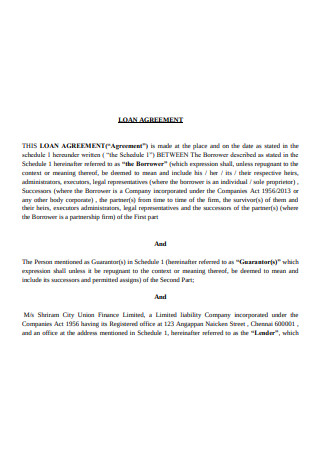
Sample Loan Agreement
-
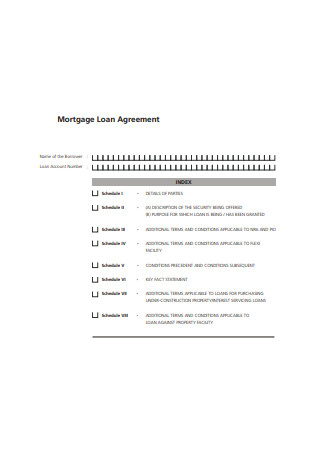
Mortgage Loan Agreement
-
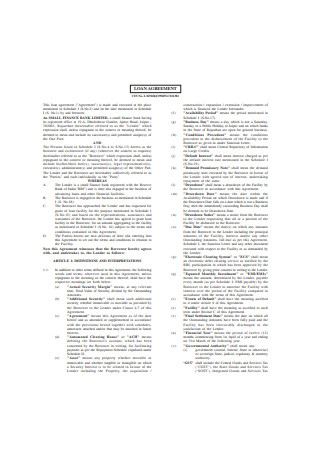
Simple Loan Agreement
-
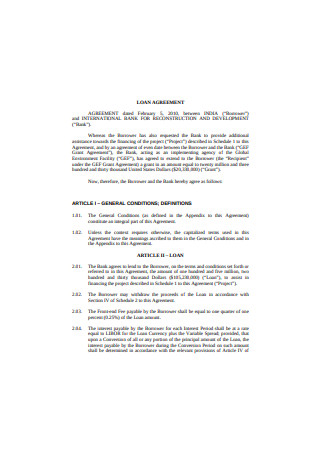
International Bank Loan Agreement
-
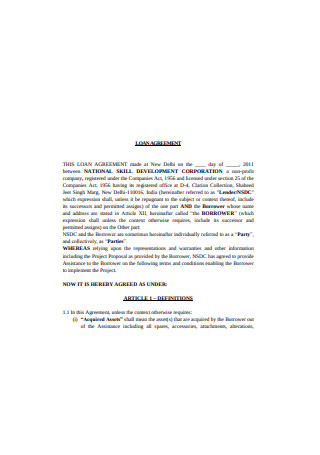
National Skill Development Corporation Loan Agreement
-
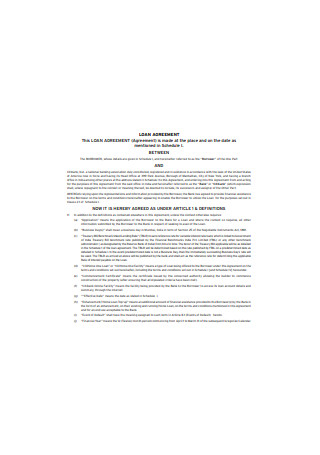
Sample Mortgage Loan Agreement
-
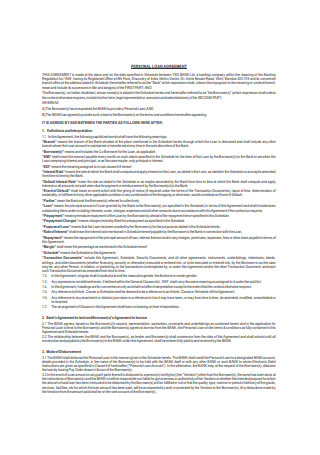
Personal Loan Agreement
-
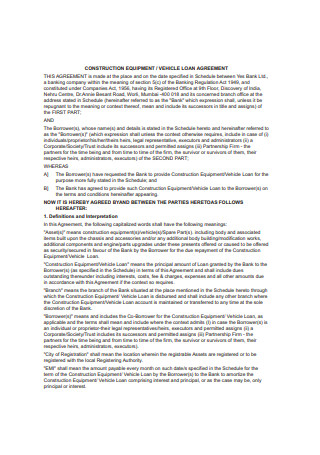
Construction Equipment Loan Agreement
-
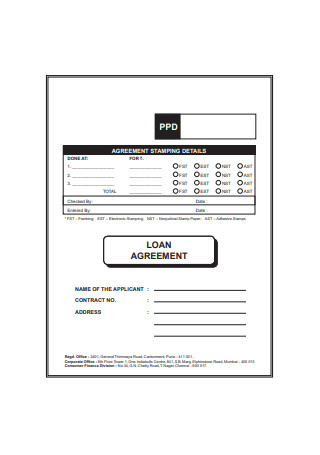
Bank Loan Agreement
-
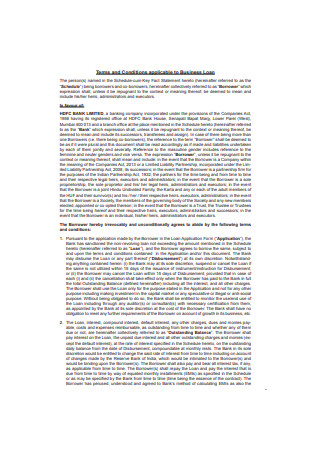
Business Loan Agreement
-

Car Loan Agreement
-
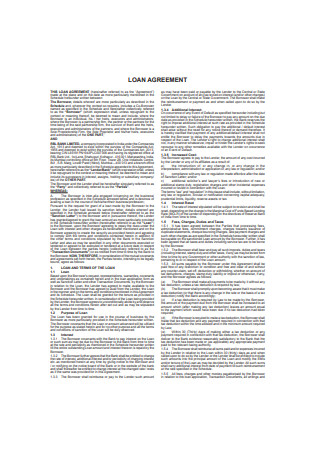
Secured Loan Agreement
-
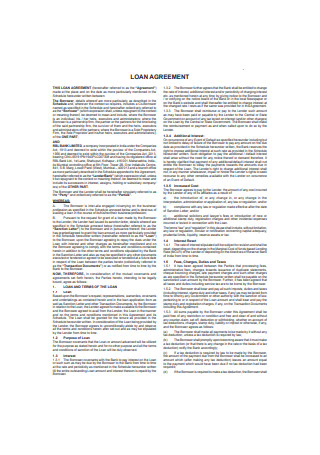
Unsecured Loan Agreement
-
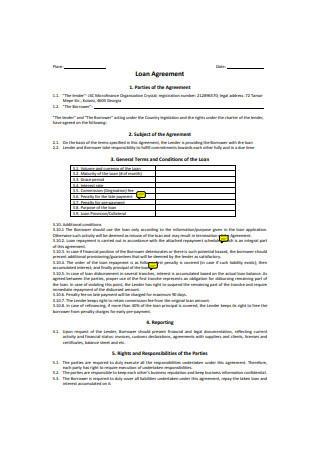
Organisational Loan Agreement
-

Personal Loan Agreement Sample
-
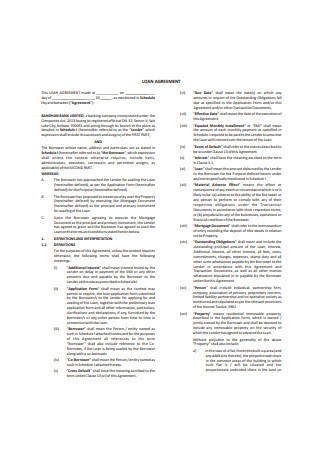
Home Loan Agreement
-
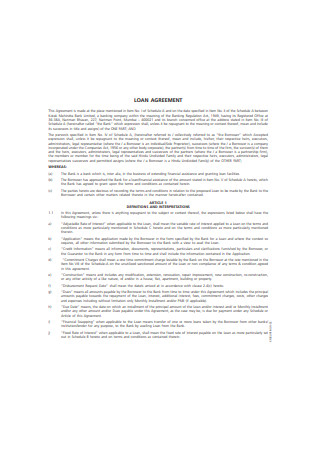
Sample Home Loan Agreement
-
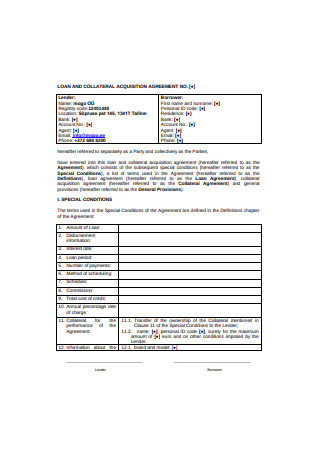
Loan and Collateral Acquisition Agreement
-
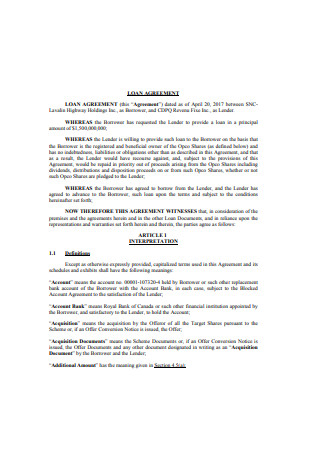
Basic Loan Agreement
-
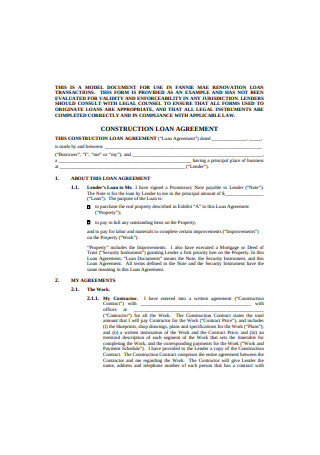
Construction Loan Agreement
-
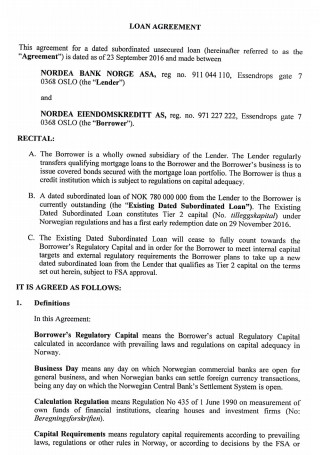
Subordinated Unsecured Loan Agreement
-
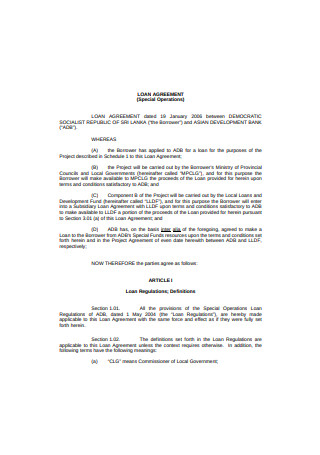
Special Operational Loan Agreement
-
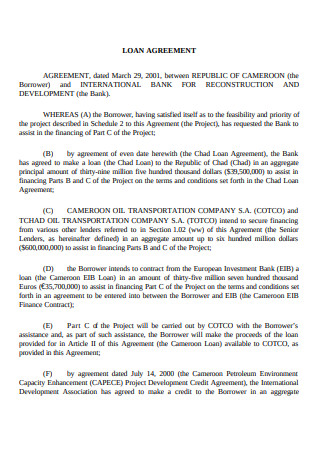
Petroleum Development and Pipeline Project Loan Agreement
-
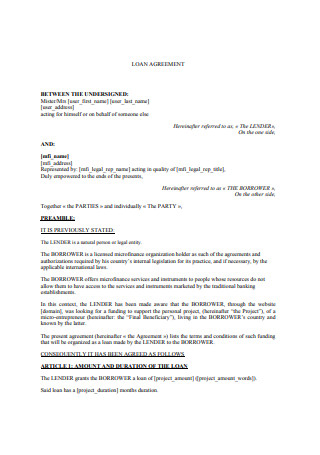
Formal Loan Agreement
-

Term Loan Agreement
-

Housing Loan Agreement
-

Loan Agreement Format
-
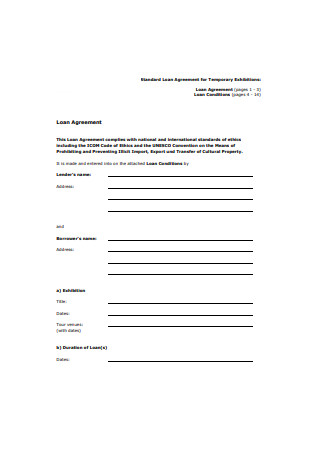
Standard Loan Agreement for Temporary Exhibitions
-
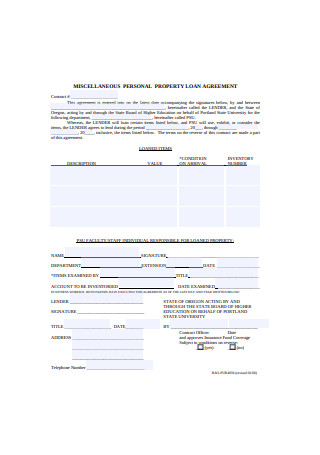
Miscellaneous Personal Property Loan Agreement
-
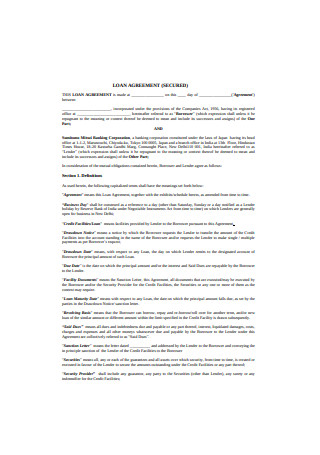
Secured Loan Agreement Sample
-
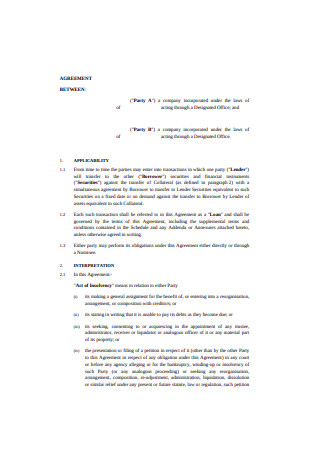
Securities Loan Agreement
-
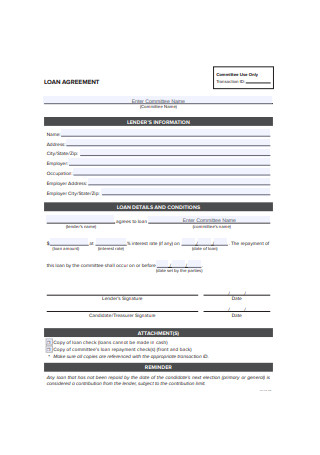
Loan Agreement Form
-
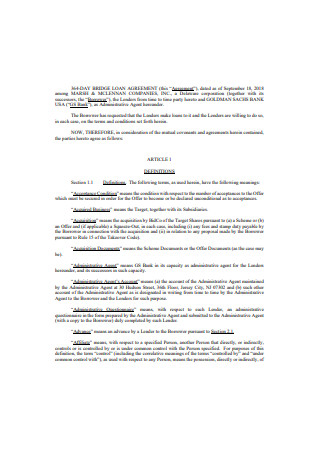
Bridge Loan Agreement
-
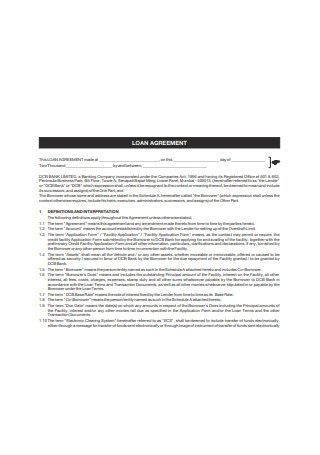
Vehicle Loan Agreement
-

General Loan Agreement
-
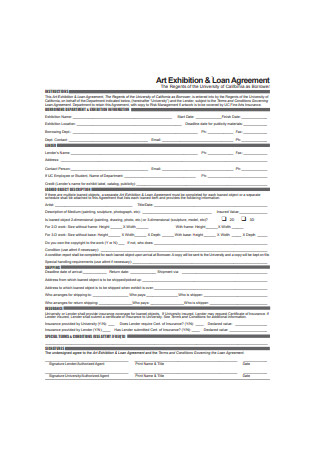
Art Exhibition and Loan Agreement
-
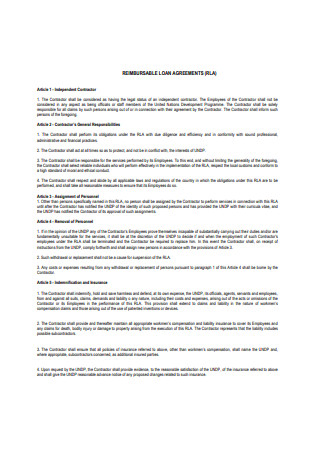
Reimbursable Loan Agreement
-
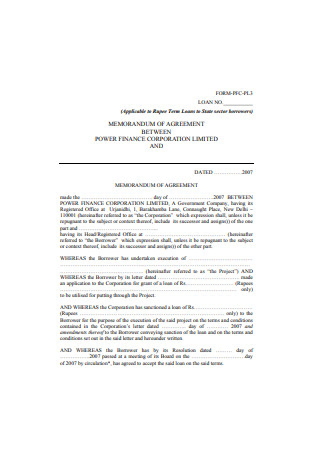
Memorandum of Loan Agreement
-
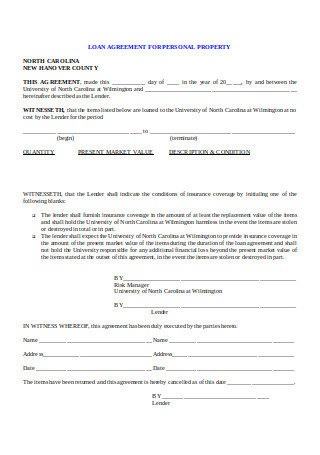
Loan Agreement for Personal Property
-

Sample Loan and Security Agreement
-

Certificate Loan Agreement
-
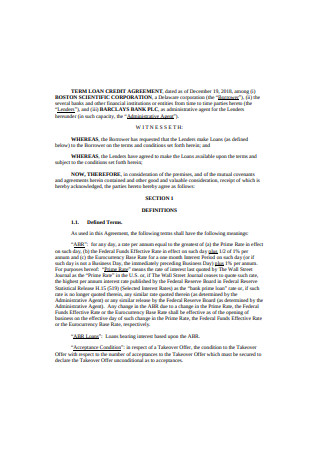
Term Loan Credit Agreement
-
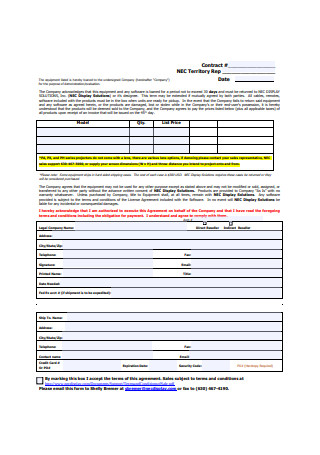
Product Loan Agreement
-
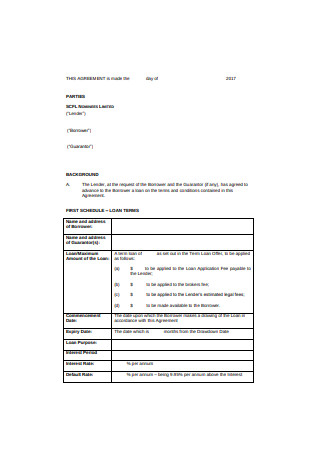
Non Regulated Term Loan Agreement
-
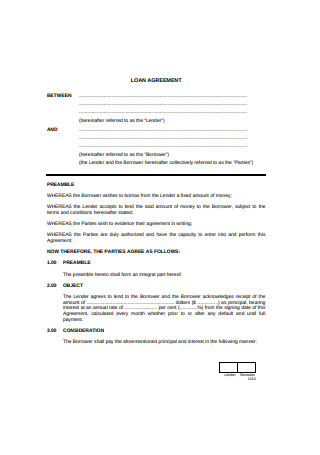
Professional Loan Agreement
-
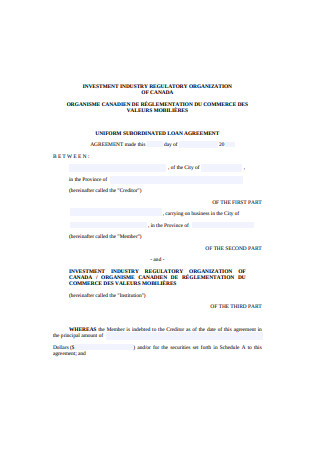
Uniform Subordinated Loan Agreement
-
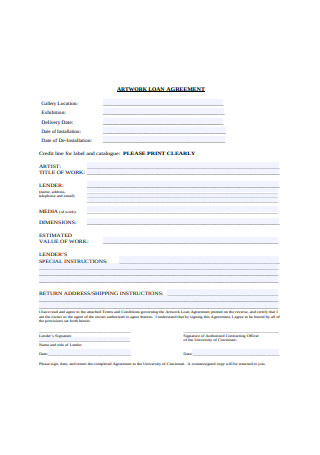
Artwork Loan Agreement
-
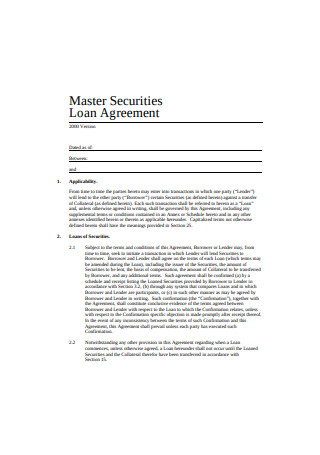
Master Securities Loan Agreement
-
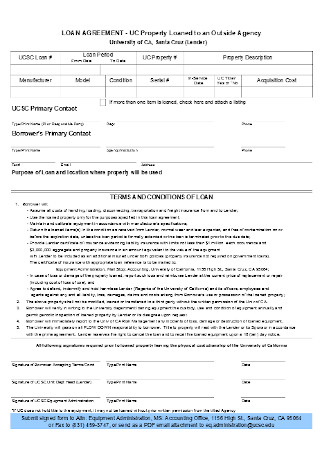
Property Loan Agreement Template
download now
What Is a Loan Agreement?
A simple description of a loan agreement would be the formal contract stipulating all the binding terms and conditions to be agreed upon by borrowers so they can receive loans. Such a document is also known to specify the loan’s amount, what collateral the borrow would need, any repayment plans, and penalties involved in the event the borrower defaults. This is required by both state and federal regulatory organizations for the purpose of making sure both borrowers and lenders fully aware of their respective legal obligations. Loan agreements, ultimately, serve as documentation for worst case scenarios that will need settling in courts of law.
Concerning the types of loans one can apply for, there are a few stats and facts that can be interesting to learn about. Those applying for mortgage loans may want to know that conventional 30-year fixed-rate mortgages in the United States have a rate of 4.54% according to Statista. From the same source, a conventional 15-year fixed-rate mortgage’s interest rate is at 4.07% as of 2019. Concerning auto loan applications, Forbes has stated that around 44% of adults in the United States depend on such loans for all their vehicular purchases. Other kinds of loans being applied for across America include student loans, which makes up 10.5% of all U.S. debt, and personal loans, which make up 10.8%.
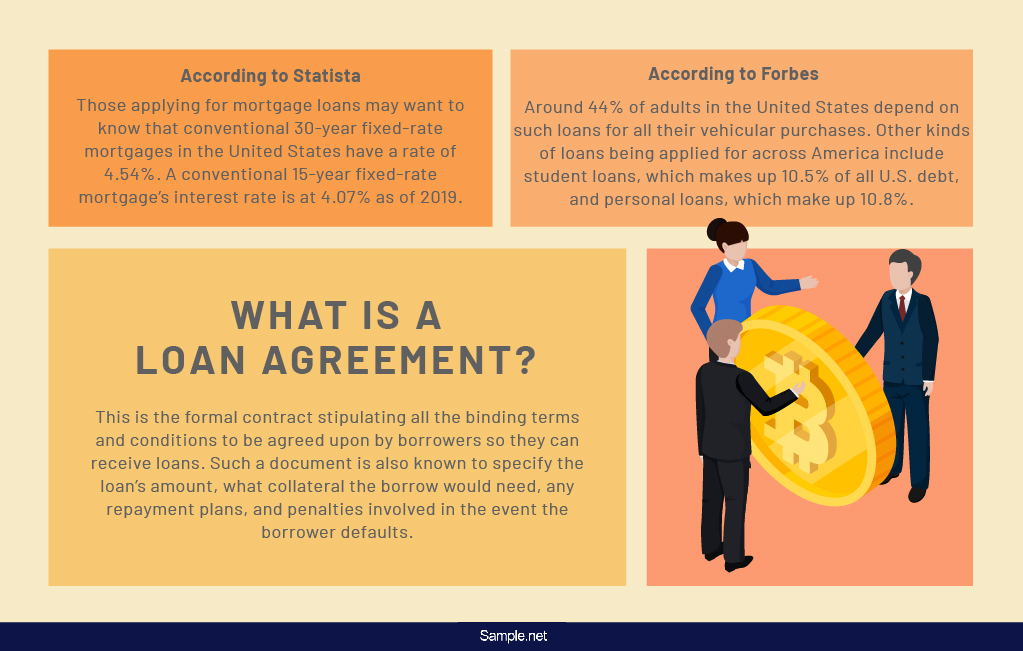
The Key Terms of a Loan Agreement
When dealing with a loan agreement, one can expect to encounter several key terms with varying degrees of significance. Those who wish to familiarize themselves with these terms can take a look at the list below. Each item comes with a short description that should prove more than adequate for anybody looking to learn more about loan agreements. Keep these in mind together with any project plans you may have so that you can work out the best agreement possible.
How to Draft a Loan Agreement
The drafting of a loan agreement is something typically done with help from an experienced attorney. Those who are interested in learning the general process will find the step-by-step procedure detailed below quite informative as it illustrates a clear-cut view of what needs to be done.
Step 1: Write the Necessary Information of all Involved Parties
Among the first bits of information to include would have to be the addresses of both the lender and the borrower. Follow that up with their contact details, which will include but won’t be limited to email addresses and phone numbers. Specifying these are important in order to prevent leaving out anything pertaining the involved parties in the event of legal issues.
Step 2: Write the Conditions for the Loan’s Intended Usage
This step deals primarily with what the borrower needs the loan for. Some examples would include the establishment and operation of a new business venture, the purchase of a brand new home or a car, and any personal reasons that the borrower may have. In writing the conditions, you set the tone for how the rest of the loan agreement is going to go.
Step 3: Write the Repayment Options
This step is going to depend on what terms the lender and the borrow have agreed upon in regards to the repayment process. As stated in the list of key terms or elements above, either one of the two repayment types will be used. On demand is a better choice for short-term borrowing while fixed repayment is recommended for those with large purchases. Write down the details of your chosen repayment option before proceeding.
Step 4: Write the Payment Schedule and Interest Rates
With the repayment options handled, the next step is to detail both the agree-upon payment schedule as well as the interest rates. The specifics involved here will depend several factors, such as the credit score of the borrower and whether or not the loan is unsecured or secure. The payment schedule will also vary depending on how the repayment aspect of the loan was decided on.
Step 5: Indicate the Agreement’s Overall Length
The next step is to specify the length of the agreement. This is determined by how much the lender relies on an amortization schedule. After the amount of money has been decided, an amortization table is used to calculate the monthly amount to pay, which already includes the interest. Loans that go on too long will also be more expensive, so borrowers are encouraged to pay up as quick as possible.
Step 6: Write About the Collateral
This step is somewhat optional since not every borrow is going to opt for a collateral loan. For those that are going that route, then this would be where you specify the property that you are going to put up as collateral in order to secure more money. As advantageous as this may sound, there are also considerable risks in addition to a more complicated application process.
Step 7: Write About the Cancellation Policy and the Provisions for Default
The last things to worry about would be the cancellation policy along with the provisions for default. For the former, it is necessary to stipulate the conditions that will allow for the cancellation of the loan. Examples may come in the form of bankruptcy, disability, and death. For defaults, this is where you list down the events of default.
The Dos and Don’ts of Applying for a Loan
Before the loan agreement can even be drawn up, there is the application process that the parties involved need to pay attention to. The following dos and don’ts serve to educate potential loan applicants so that they would have an easier time. Some of the tips here can even contribute to the creation of a higher quality loan agreement itself, making this list a must-read.
Dos
Do prepare the necessary financial documents.
Those who come prepared with all of the necessary documents will find themselves in a better position to succeed in their loan applications. If you are an entrepreneur looking to get a loan to fund your next business venture, for example, then it is important to include your business plan. Lenders are not likely to just take you at your word and will require proper documentation to be convinced that you are worth giving loans to. No one can be too careful these days when it comes to financial credibility. Sort everything out and get the documents needed before meeting with an individual or institution for a loan.
Do have a specific amount of money in mind for the loan.
Having a specific amount of money in mind can be quite helpful to your application for a variety of reasons. First of all, it shows that you have thoroughly thought this through. Lenders won’t be confident or comfortable giving you money if it seems like you only have a vague idea of what your financial plans are. Second, the more specific your amount is, the easier it will be for you to come up with repayment plans. Borrowers who are untrustworthy when it comes to repayments is another thing that would weight heavy on a lender’s mind. Third, it can set reasonable and realistic expectation for all parties involved.
Do prepare your collateral.
As stated in the previous ‘do,’ the comfort and confidence that a lender feels towards you is important to any loan application attempt. When you have collateral, you put yourself in a favorable position in the application process. Before applying and filling out a loan agreement, think about what assets you have that can be used as collateral. It is imperative that you discover what their market value is, along with what portions are usable to you as collateral later on.
Do be professional at all times.
Even the little things that you may not think matters can help you when it comes to loans. Ranging from your behavioral attitude to how you dress, if you do not seem professional, then it is unlikely that you will get what you want. Before you meet with a lender, be sure that you look presentable. Do not just wear anything you feel like to the meeting. Put your best foot forward and you can bet that the lender will do the same. It communicates that this is something serious to you and you are a person that can be taken seriously as well.
Do consult your lawyer before signing anything.
For those who have never involved themselves in signing a loan agreement before, it would be wise to consult your attorney before doing anything. He or she will be able to explain to you just how these things work, along with whatever consequences your actions may have. Some of you may be quick to trust and will opt to take a leap of faith, but that is not recommended. Always know what you are going up against or getting into. In the absence of a lawyer, doing proper research is the next best thing.
Don’ts
Do not ask how much money you qualify for.
It is not a good idea for any borrower to just ask potential lenders how much money they qualify for. That is something borrowers can find out through other means. By asking a lender, you are communicating that you did not do enough research and they are not likely to be impressed at all. That may even cause them to look at you in a less favorable light, thus impacting your chances of landing the loan you are trying to get.
Do not attempt a loan if you lack the necessary financial documents.
It is a simple rule of thumb to follow: if you are not sufficiently prepared, then do not bother to talk to a lender. Without the necessary documents at your disposal, you will only embarrass yourself in addition to getting rejected. Build up your financial capabilities first and then procure the documents that will convince a lender to accept your application. In this way, you won’t be wasting anybody’s time.
Do not overestimate, exaggerate, or lie about your financial capacity.
Lenders need to be given a clear and honest report about how capable their borrowers are in terms of paying back the loans. If it is something you have difficulty with, be forthcoming about it. Should you be unable to pay back at all, it is better to be honest about it. Overestimating your financial capacity is a surefire way to get yourself in trouble, just as much as exaggerating and lying. The process of lending is a two-way street, which makes honest communication all the more important.
Do not apply for a loan if you are dressed too casually.
In one of the ‘dos’ above, it was stated that professionalism is a key component that loan applicants need to double down on. This ‘don’t’ continues that entry with the specific subtopic pertaining to clothing. One way to show your professionalism is to dress appropriately during the meeting. You do not have to wear a three-piece suit or anything like that, but it matters if it shows that you put some effort into your choices of clothing. Walking into the room in sweats or dirty t-shirts sends a negative impression, which can affect your chances of getting that loan.
Do not be late for any meeting with the lender.
The last ‘don’t’ wraps up the professionalism trend with an emphasis on punctuality. When there is a set date and time, it is advisable to be there on time. You do not want to keep the lender waiting unless your excuse is extremely valid. Casually neglecting this will signal that you may not be as serious or you are not someone trustworthy. If you can’t be trusted to arrive on time, why should the lender trust you with any amount of money?
The topic of loan agreements can be quite nuanced, as you can see for yourself throughout this article. Even with the facts presented, there are those who prefer not to start from scratch when the need arises for them to come up with the document. Fortunately, there are loan agreement templates that are available for download online, similar to other documents like purchase contracts and manufacturing contracts. Just edit the necessary provisions with your own before printing the agreement out.
